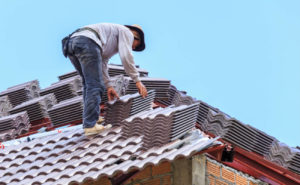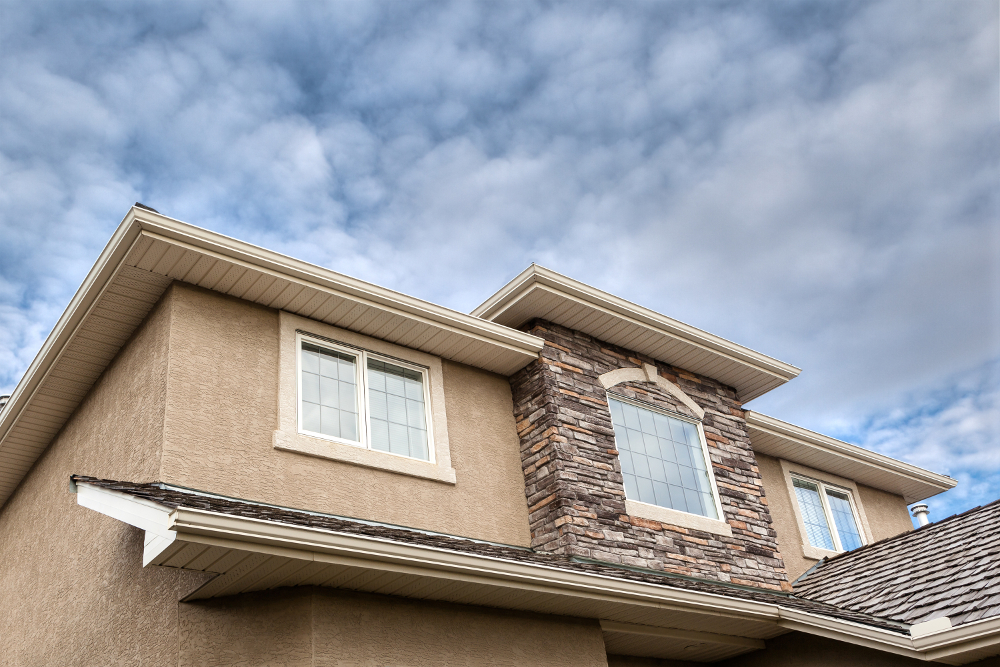
Even if you aren’t in the market to sell your home now, there’s no harm in employing measures to increase its value. Installing smart home and home automation equipment can perform double duty – enhancing your quality of life now while increasing the value of your home if you decide or need to sell at a later date. How much? According to Consumer Reports, installing smart home technology can increase your home’s resale value as much as 5 percent. On a $300,000 home, a 5 percent increase translates to $15,000. That’s huge. Here are just a few key ways that smart home technology can provide value.
Enhanced Security
Lighting systems with motion sensitive features and smart locks protect your family from burglary and home invasion. Carbon monoxide detectors minimize the risk of injury or death from smoke inhalation or faulty circulation.
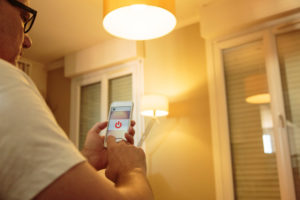
Insurance companies recognize the value of home security systems; many providers offer significant discounts for homeowners who install home automation and smart home technology. Home-buyers also recognize the benefit of home security systems, often including smart home technology as a must-have.
Increased Energy Efficiency
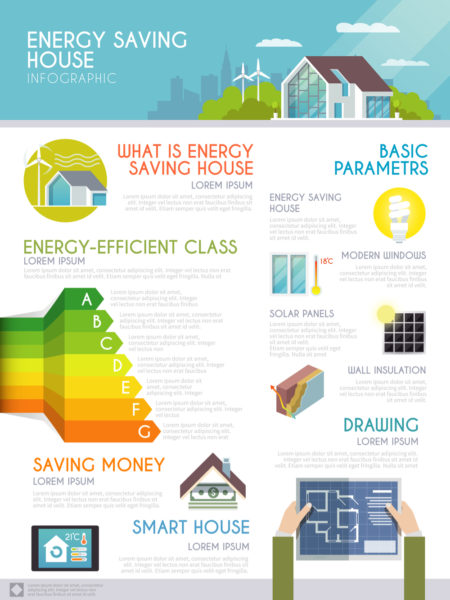
Three words: lower utility bills. Smart home technology allows you to take advantage of off peak rates offered by utilities for operating power-hungry appliances during periods of lower demand. Likewise, smart home technology allows you to detect sources of waste and correct them, which translates into even bigger utility savings.
More home buyers are seeking homes that offer energy efficiency. Having smart home technology built into your appliances and utilities is a definite selling point.
Greater Accessibility
Smart home technology was not originally designed to enhance accessibility. But with more seniors and disabled individuals striving to retain their independence, greater accessibility is a definite home selling point. Smart home technology makes it easier for disabled people and seniors to remain in their own homes. Many smart home features can be operated remotely through a Smartphone by someone who has mobility issues. Likewise, pressing an app icon is less challenging for someone who has limited manual dexterity than turning a key to lock a door or twisting a knob to turn an appliance on and off.
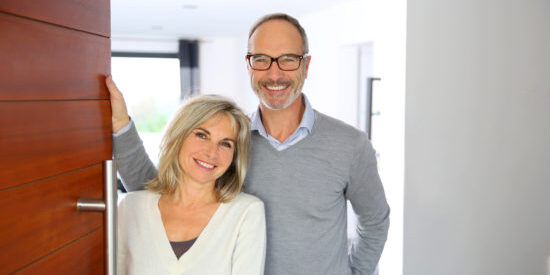
For more information on how smart home technology can increase the potential sale value of your home, give us a call today.
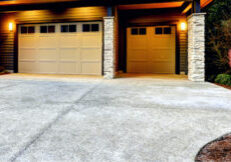
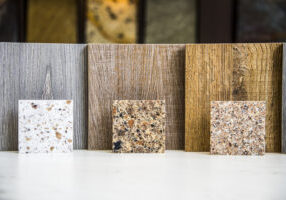
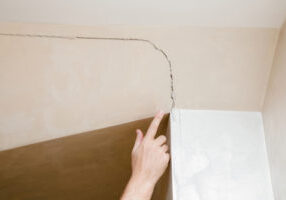

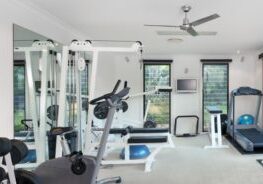
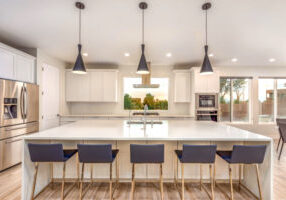


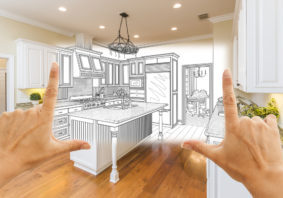
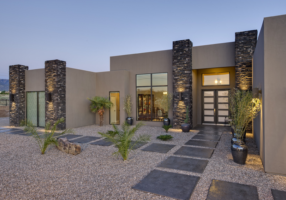

 discuss how you want elements like sunlight, views, and neighboring homes to come into play with your home re-design. They will contemplate the different angles in your home, and how to best maximize their use.
discuss how you want elements like sunlight, views, and neighboring homes to come into play with your home re-design. They will contemplate the different angles in your home, and how to best maximize their use.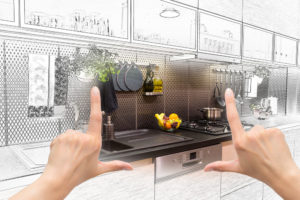 When designing your home, you’re able to consider the needs of all of your family members or housemates. Organize brainstorming sessions with the people who will be sharing your home, so you can make sure you’re all on the same page about what design elements will best meet all of your needs. Those needs will influence your design making decisions, allowing you to create a home that is comfortable for everyone.
When designing your home, you’re able to consider the needs of all of your family members or housemates. Organize brainstorming sessions with the people who will be sharing your home, so you can make sure you’re all on the same page about what design elements will best meet all of your needs. Those needs will influence your design making decisions, allowing you to create a home that is comfortable for everyone.